How To Take Food Order In Restaurants / Coffee shops
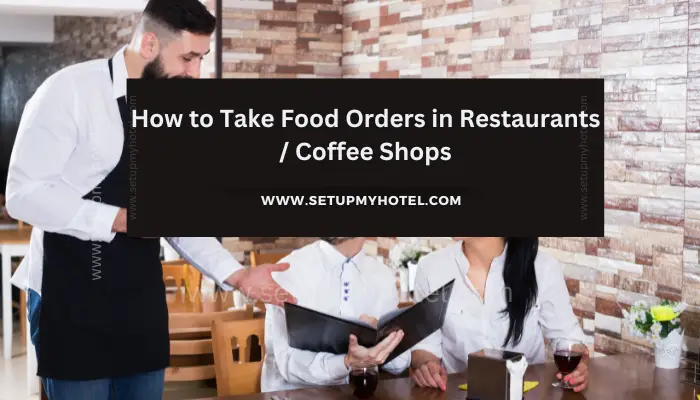
How to Take Food Orders in Restaurants / Coffee Shops Servers should offer the guests a beverage at all meal ...
Read more
Table Service Tips For Restaurants And Coffee Shops

Table service Tips for Restaurants and Coffee shops 1. While Serving the food to guests mention the item clearly to ...
Read more
Handling Table Reservation Problems In Restaurants | Hotels
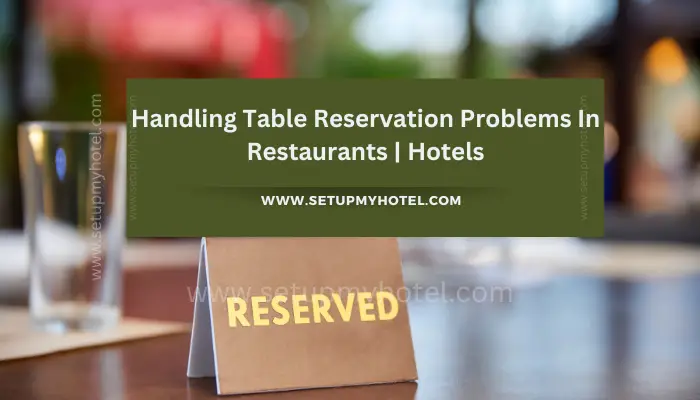
Tips for Dealing with table reservation problems in Restaurants Table reservation problems can be frustrating, especially when you have been ...
Read more
How To Handle Table Reservations Request In Restaurant | Hotels
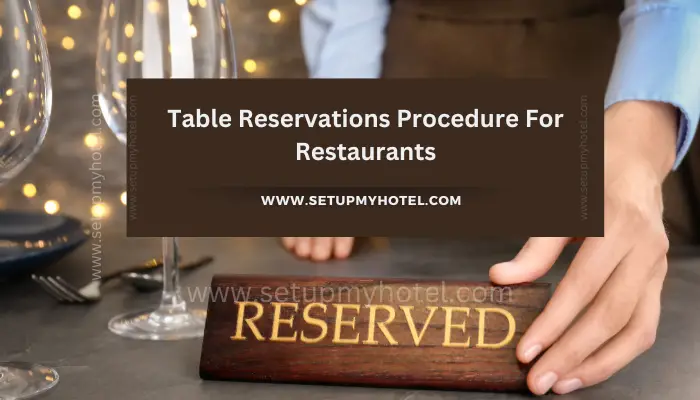
Table Reservations Procedure For Restaurants Managing table reservations is a crucial aspect of restaurant operations, ensuring that guests have a ...
Read more
Cuts Of Vegetables

Standard Cuts Of Vegetables Vegetable cuts, as simple as they may seem, play an immense role in creating culinary masterpieces. ...
Read more
7 Tips And Tricks For Food Plate & Platter Arrangement – Hotels | Restaurants
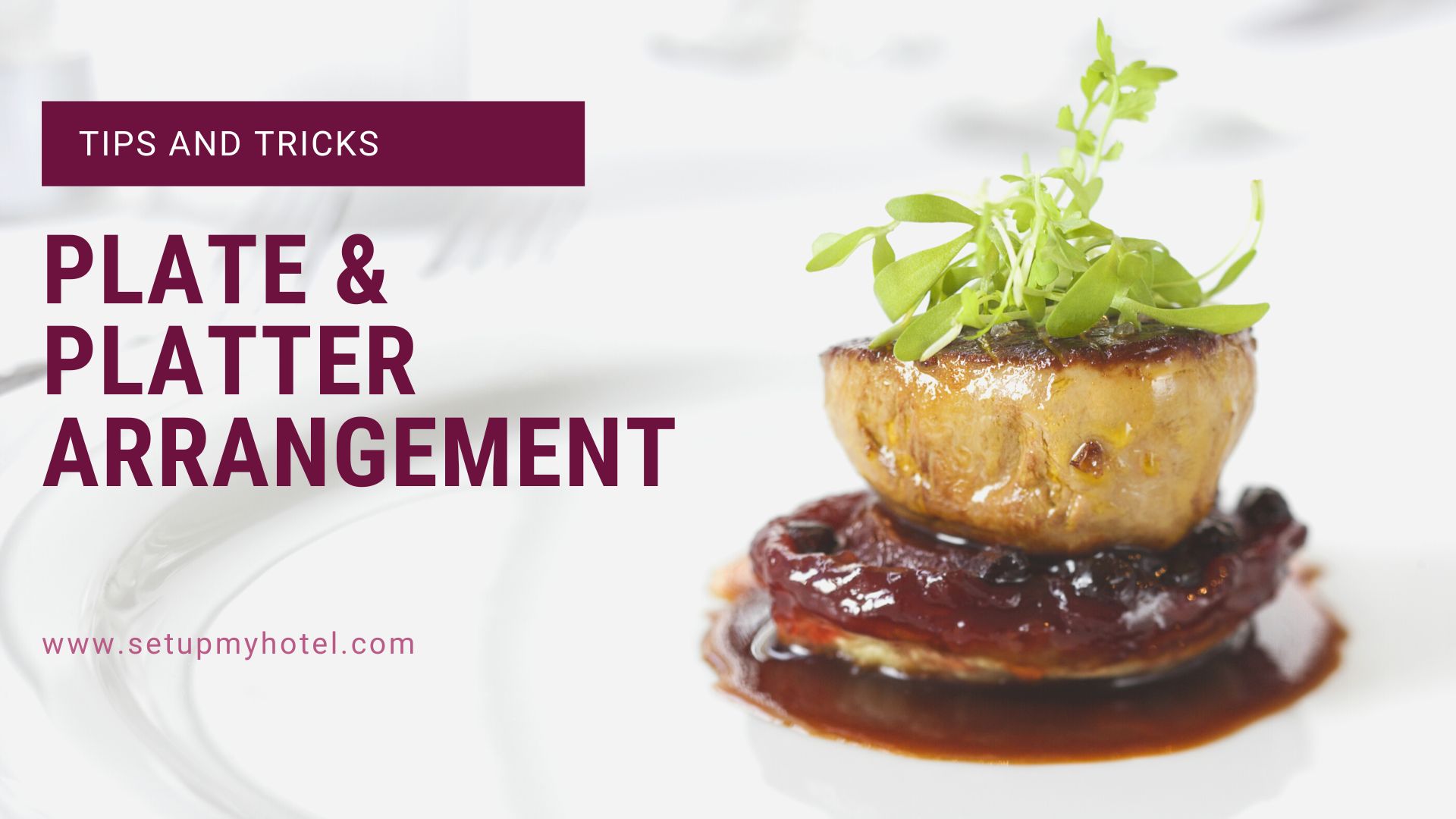
Plate & Platter Arrangement Tips and Tricks For Chef’s 1. Keep food away from the plate’s rim. The meal is supposed ...
Read more
The Basic Factors Of Food Presentation – Hospitality Industry
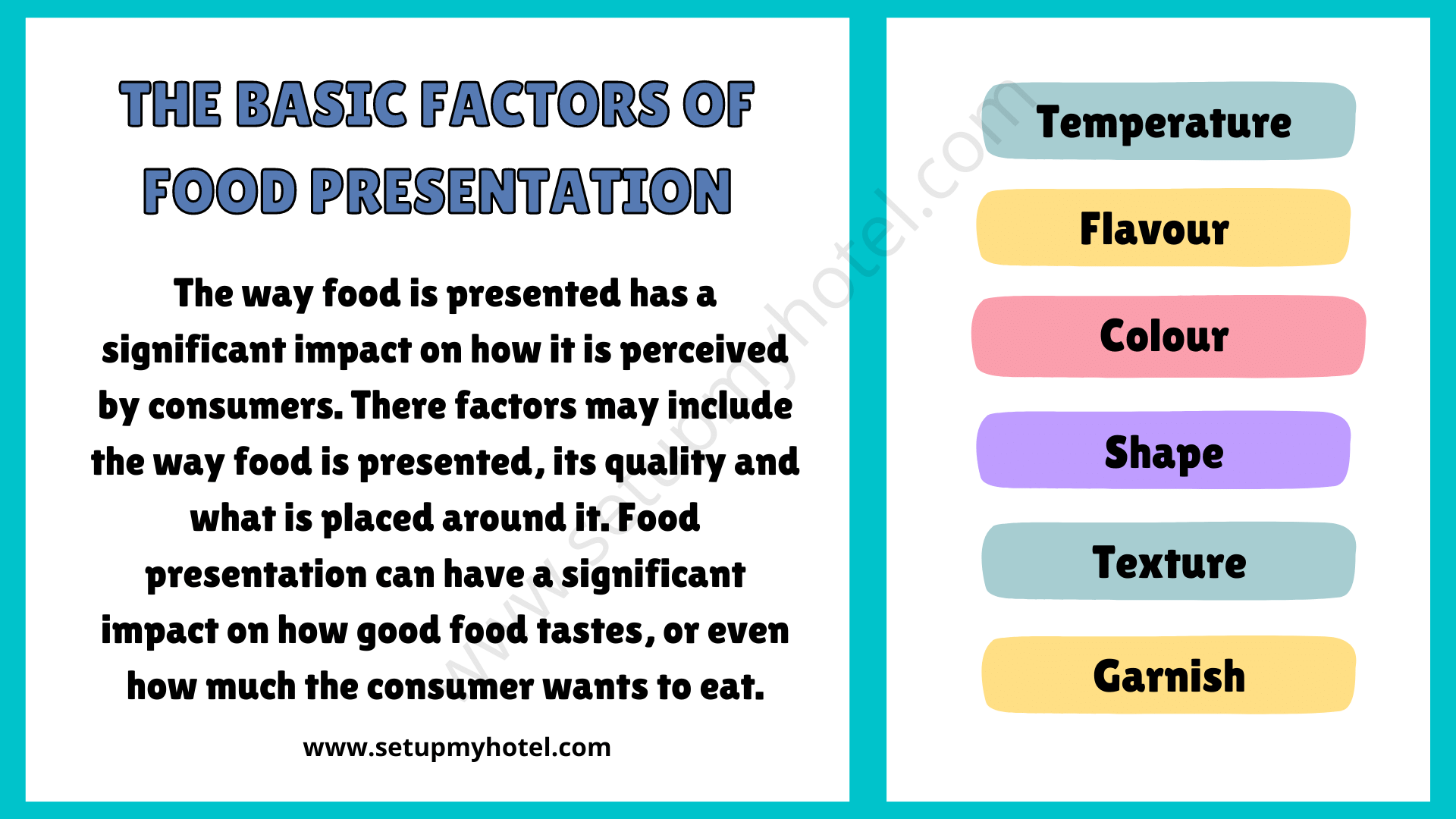
Basic Factors Of Food Presentation in the Hotel Industry The way food is presented has a significant impact on how ...
Read more
Uses Of Medium Duty Equipment In The Hotel Kitchen
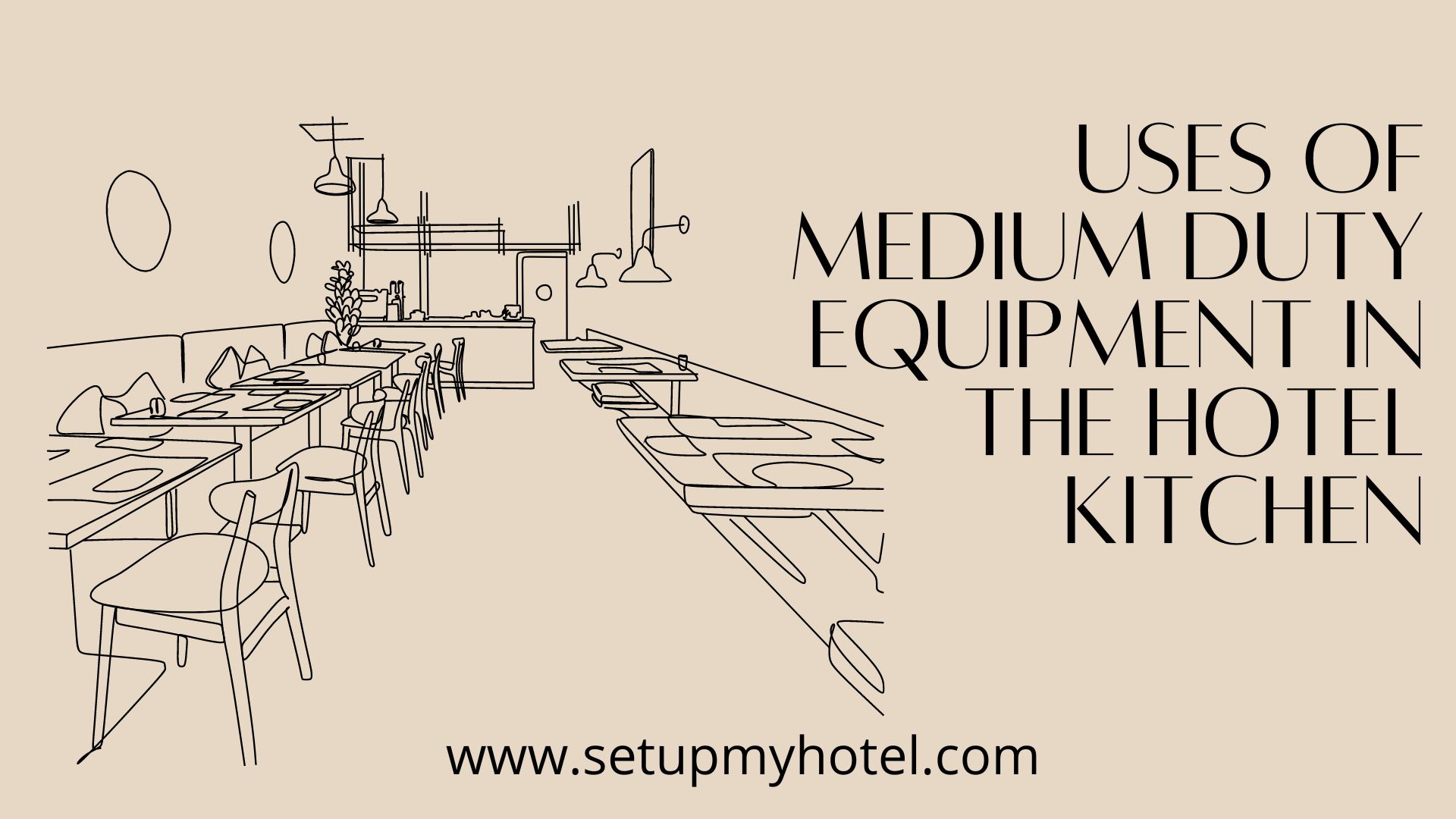
Uses Of Medium Duty Equipment In The Hotel Kitchen Medium-duty equipment is a necessary piece of hotel kitchen infrastructure. It ...
Read more
6 Main Methods Of Cooking
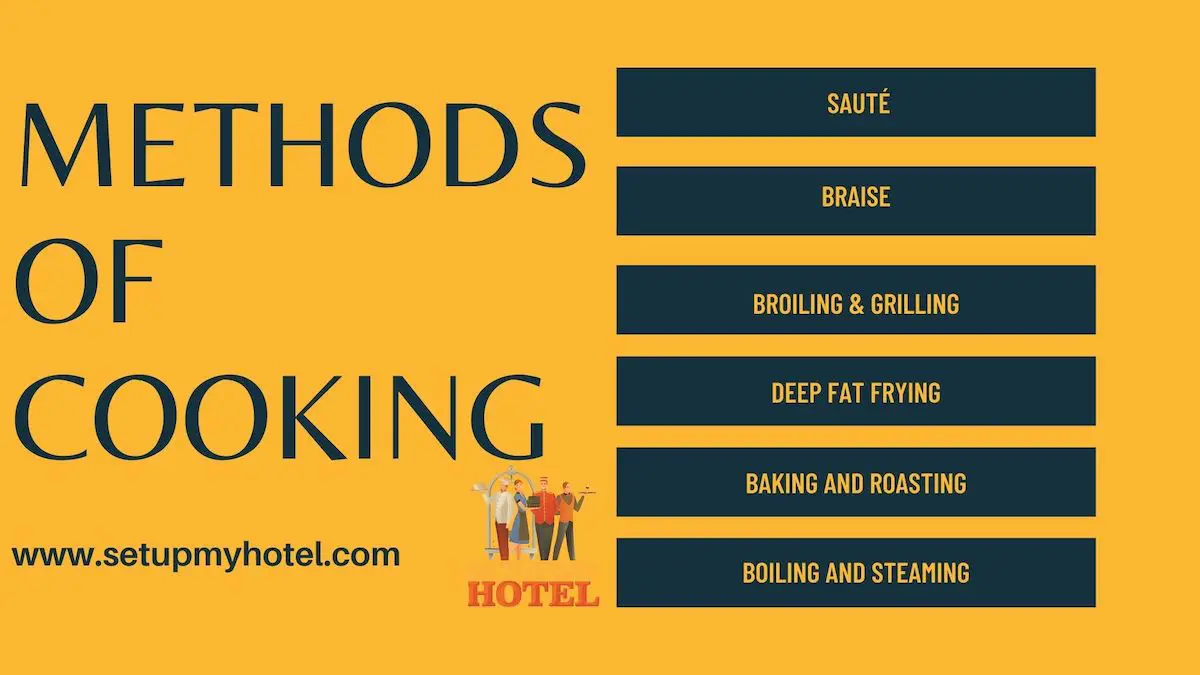
Six Main Methods Of Cooking Cooking methods vary widely, each offering a unique approach to preparing food. The act of ...
Read more










